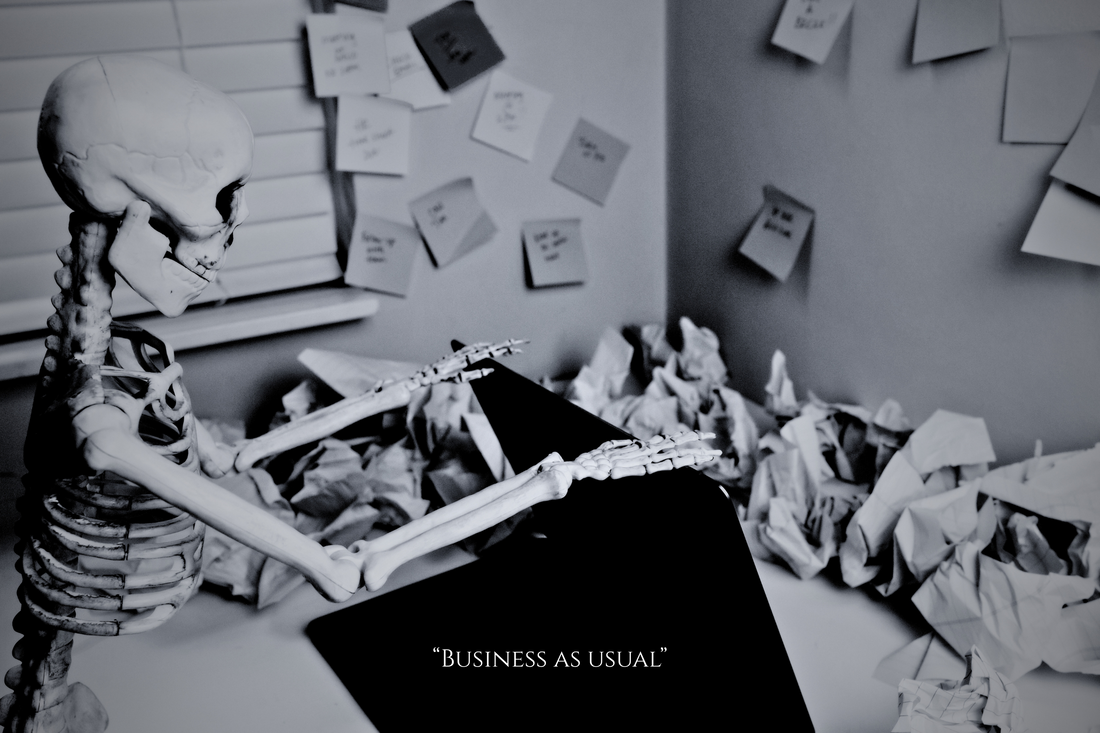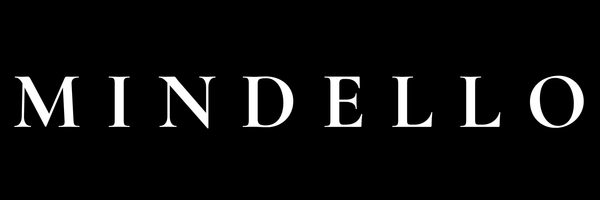
After Hours with Product Photos
Share
(Or more appropriately: “Things I’ve Learned from Staring at Product Photos for 3 Hours Straight”)
There’s a moment — somewhere around hour two — when the inanimate object on your screen starts to feel like a sentient being.
At first, you’re just adjusting brightness. Then you’re cropping. Then you’re cloning out a speck of dust you didn’t even notice in real life but now feels like a personal insult. Then you’re colour-correcting a reflection no one else would even see. And by that point, you’re not really “editing” anymore. You’re just… emotionally entangled.
This is the part of running a brand that no one really talks about. The obsessive, slightly deranged rituals of monotony that have to be done. 'Product photography' — or adjusting pixels until something finally looks less wrong than it did five minutes ago — is one of these many monotonous things.
I used to think product photos were just product photos — you take them, you post them, you move on. But somewhere between building Mindello and learning how jewellery behaves under harsh lighting, I started noticing the little things. Details that mattered — that the everyday consumer doesn’t think about. Things that looked fine at first start to fall apart the longer you look — reflections, angles, shadows. Tiny, unproblematic details that suddenly become the entire problem.
And all this for what, you ask?
Well — honestly, it’s for something looked at for five seconds, if that, in the retail process.
Regardless of all this, I’ve learned that beauty can be found pretty much anywhere. It’s not always symmetrical. It doesn’t always sparkle. Sometimes it’s more unconventional, if anything. Sometimes it’s a curve, a reflection, a space. Sometimes it’s in the behaviour or approach towards something — like restraint: the refusal to overedit, overpose, or overcompensate. Sometimes it’s just showing up, again, with a slightly different version of the same image and the quiet delusion that this one’s the one.
The process isn’t beautiful. But it contributes to the outcome, which is.
It’s not something people really think about — staring at product photos for hours. But it ends up being a weirdly big part of running a brand. Not important, not deep. Just time-consuming, strangely absorbing, and inevitable.
Some people build empires. Some people push pixels.
Mindello is more the latter — business by name, pixel pusher by reality.
“Perhaps there is elegance in the mundane.”
— someone, probably.
~M
